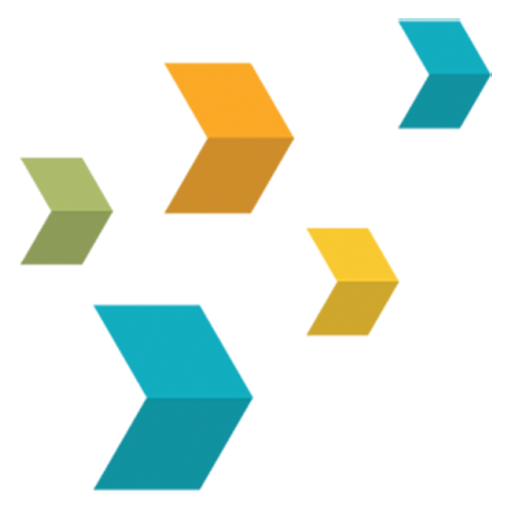Four main sources of Infection Transmission in the Workplace
Understanding the Chain of Infection
- There are the six points at which the infection chains can be broken, and germs stopped from spreading from one person to another.
- Understanding the chain of infection can help prevent and control infection in the workplace

The Six Links of Chain of Infection
1st link is the pathogen, the infection causing organism for many illnesses and diseases; this is a virus or bacterium
2nd link is the reservoir; this is the natural environment the pathogen requires for survival. Reservoirs can be a person, animal, an environmental component or even objects. This link can be broken through quarantine, treatments, cleaning and disinfecting.
3rd link is the portal of exit. The pathogen needs this link to leave the natural environment (reservoir). Barriers such as mask and condoms can be used to break this link.
4th link is the means of transmission. Pathogens can be spread via direct or indirect contact. Direct transmission needs near association (direct contact is not mandatory) with the infected individual. Indirect transmission needs a vector. This link can be broken by the washing of hands, self isolating as well as avoiding contact with those who are infected.
5th link is the portal of entry. Pathogens can enter their host through penetration, inhalation or ingestion. The level of severity of infection may depend on the depth of penetration. Barriers such as masks, condoms and insect repellents can be used to break this link.
6th link is the new host. Once the pathogen is in the host, various factors can influence the severity of the infection, including the strength of the immune system and the reproductive rate of the pathogen. Other medical treatments such as vaccines are viable methods to break this link.

